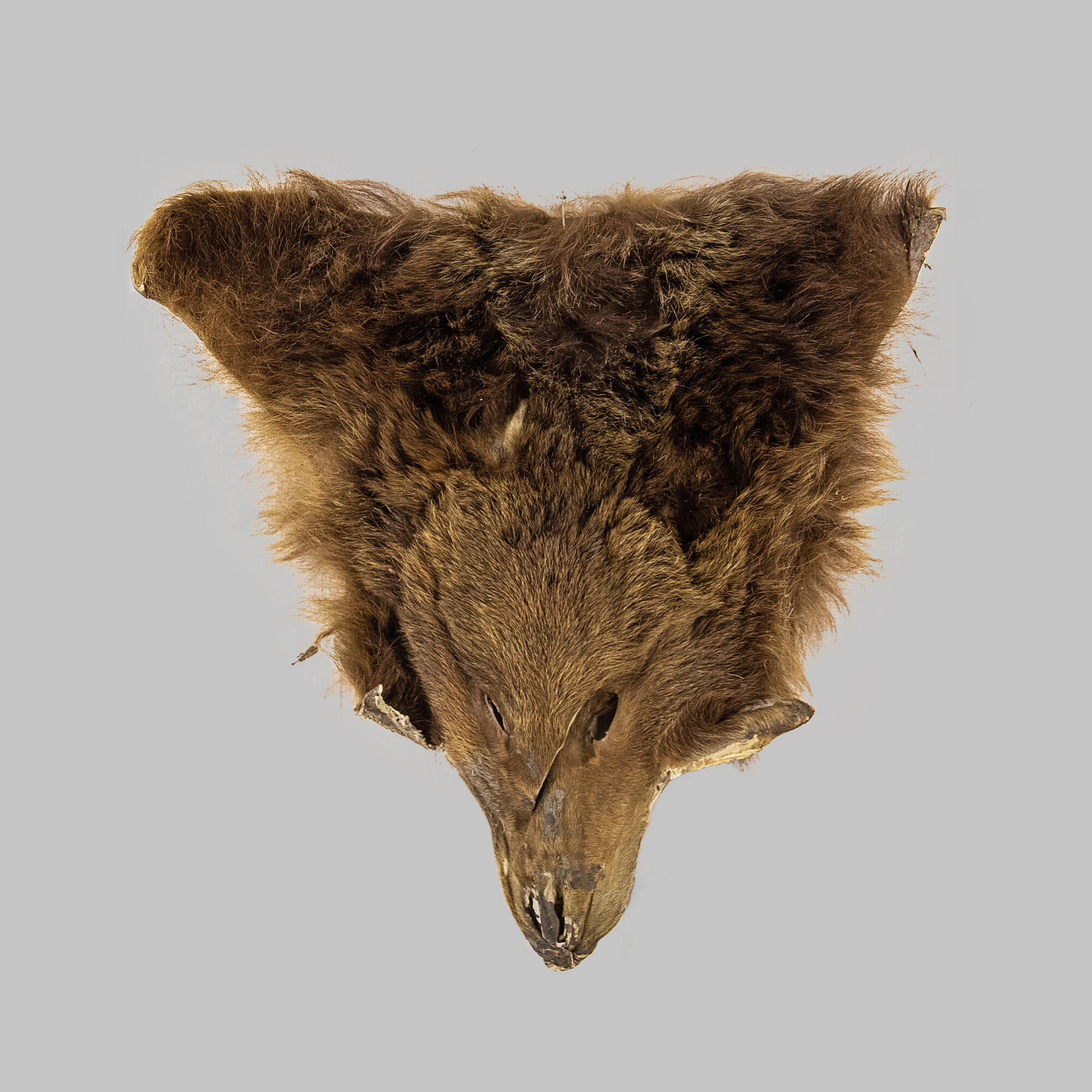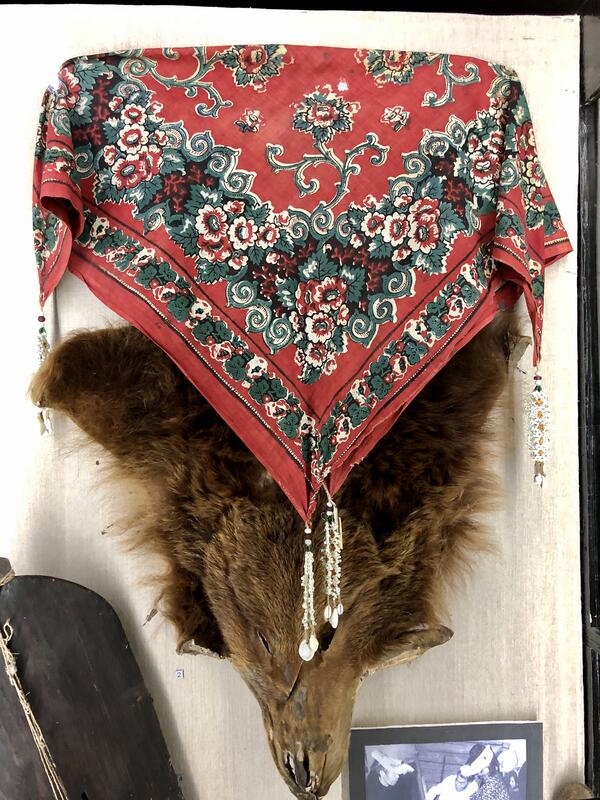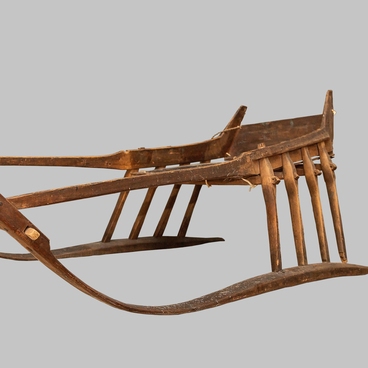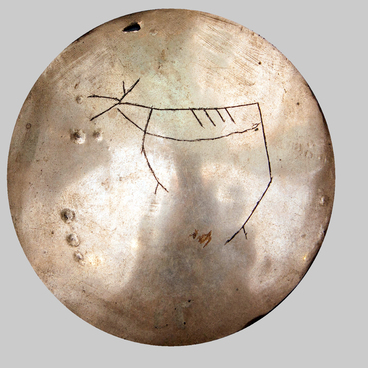The exhibition showcased the head of a sacred bear that was killed, and which the Khanty and Mansi used to celebrate the so-called bear celebration. This is part of the bear cult: the celebration is held in honor of the animal that reigns in the Russian forests, or after a successful hunt for one. In the past, when it was not allowed to kill bears, bear celebration were held every winter for seven years in a row, followed by a seven-year break. The celebration began in December, at the winter solstice, and ended in March, at the vernal equinox.
During the celebration, the bear was represented by its skin, which was usually kept in a sacred barn. The first part of the celebration included songs and legends about the bear, and dances done by ancestors of the families or different lineages. Special ‘bear’ songs were performed. This was followed by ‘invocational songs’ and ‘bird dances’, during which both common deities and the ancestors of genealogical groups were invoked, as well as dances with sabers or swords. This part of the celebration was sacred.
During the celebration, the bear was represented by its skin, which was usually kept in a sacred barn. The first part of the celebration included songs and legends about the bear, and dances done by ancestors of the families or different lineages. Special ‘bear’ songs were performed. This was followed by ‘invocational songs’ and ‘bird dances’, during which both common deities and the ancestors of genealogical groups were invoked, as well as dances with sabers or swords. This part of the celebration was sacred.





